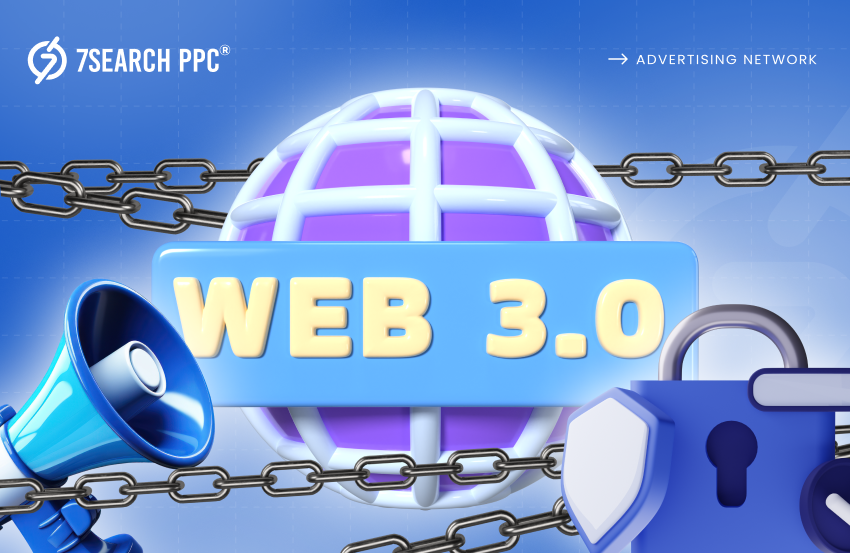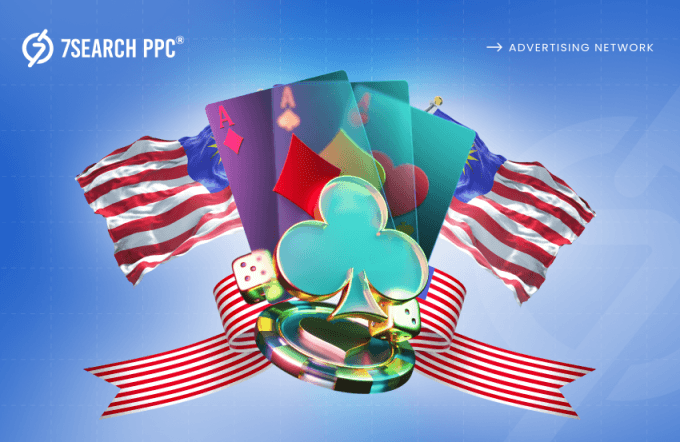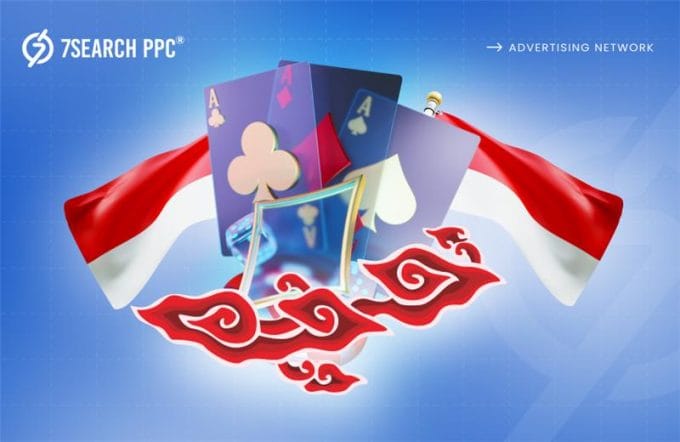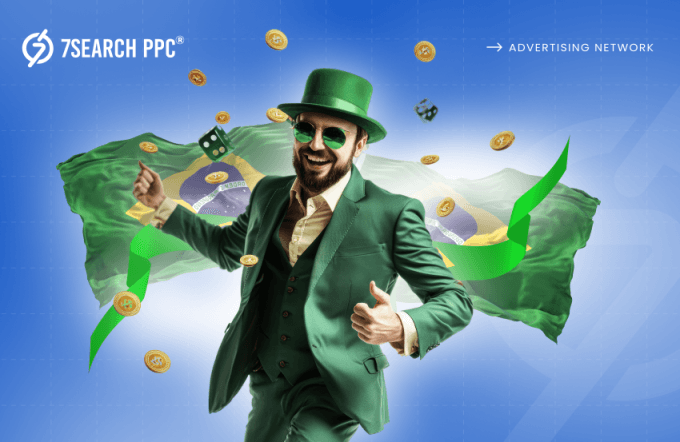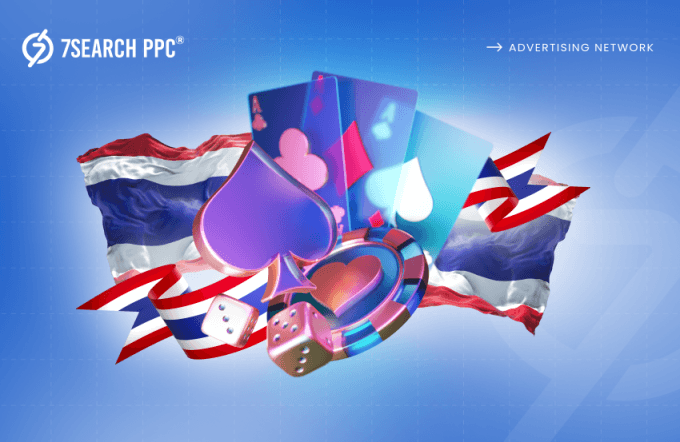Remember when we used to play games like GTA (Grand Theft Auto) and Counter-Strike to entertain ourselves? Of course, you’ll remember and cherish the joy of discovering those games from friends or making a purchase. That time truly was a golden period for all of us. Now, times have changed, and we are witnessing the era of Web3 games. Imagine a world where players can earn real rewards just by playing games and where digital assets hold true value.
This is not a far-off dream, but the reality unfolds with Web3 and Play-to-Earn (P2E) games. By 2025, Web3 marketing will revolutionize how marketers connect with players through decentralized platforms and real-value rewards.
With decentralized platforms and tokenized economies, it’s not just about fun anymore—it’s about empowerment and ownership. For marketers, this shows a golden opportunity, but to grab it perfectly, they should focus on their Web3 game marketing efforts.
This blog will explain every crucial detail about P2E and Web3 marketing to help you sharpen your promotional strategy.
What is Web3 Marketing?
Why do most businesses do online marketing? Because they want to gain attention, retention, and conversions to achieve growth. Although the nature of their businesses may differ, their intention behind doing marketing is often the same. Similarly, Web3 marketing is used by brands to achieve the same benefits.
Web3 game marketing is a unique promotional approach that is specially designed for blockchain-based games. It goes beyond just creating engaging gameplay and giving a safe and secure experience by focusing on key features like:
- Decentralized Ownership
- Community Engagement
- Tokenized Rewards
This marketing strategy requires a good understanding of both gaming fans and cryptocurrency users and also simplifies the concept of blockchain-based gaming to them. This means that Web3 games and P2E marketing not only simplify blockchain concepts but also make them easier for gamers to understand while showcasing the value of decentralized ownership and play-to-earn models.
The reason behind this type of marketing is simple: to attract players worldwide and give them a kind of experience that they truly like.
An Evolution of Web 1.0, Web 2.0, and Web 3.0
Here’s a comparison of Web 1.0, Web 2.0, and Web 3.0 based on their key characteristics and features:
Web 1.0 (The Static Web)
Era: Early 1990s to early 2000s
Characteristics:
- Primarily static, read-only content.
- Limited interactivity (users could only view pages, not interact with them).
- Mostly informational websites (e.g., simple HTML pages).
- Technology: HTML, CSS, basic JavaScript.
Web 2.0 (The Social Web)
Era: Early 2000s to present
Characteristics:
- Dynamic, interactive content with user-generated input.
- Increased use of social media, blogs, and forums.
- Focus on collaboration, sharing, and social interaction (e.g., commenting, sharing posts, etc).
- Rich multimedia content (videos, interactive forums, etc.).
- Centralized platforms (large companies control the platforms like Facebook, YouTube, etc.).
- Technology: AJAX, JavaScript frameworks (e.g., React, Angular), APIs
Web 3.0 (The Decentralized Web)
Era: Emerging, or we can say that it is still underdeveloped.
Characteristics:
- Decentralized, user-controlled data.
- Enhanced interactivity with AI, machine learning, and automation.
- Focus on privacy, security, and digital ownership.
- Integration of blockchain technologies for transparency and trustless transactions.
- Virtual environments and metaverse integration.
- Technology: Blockchain, decentralized applications (dApps), AI, IoT, and semantic web technologies.
P2E and Web3 Marketing: Strategies for Success in 2025
The growth of Play-to-Earn (P2E) games and Web3 technologies is changing the gaming and digital world. With just a few days left in 2024, it’s important to understand how to market well in this area to succeed in 2025. Here are some key strategies for marketing for blockchain games we have researched for you. However, considering them is your choice:
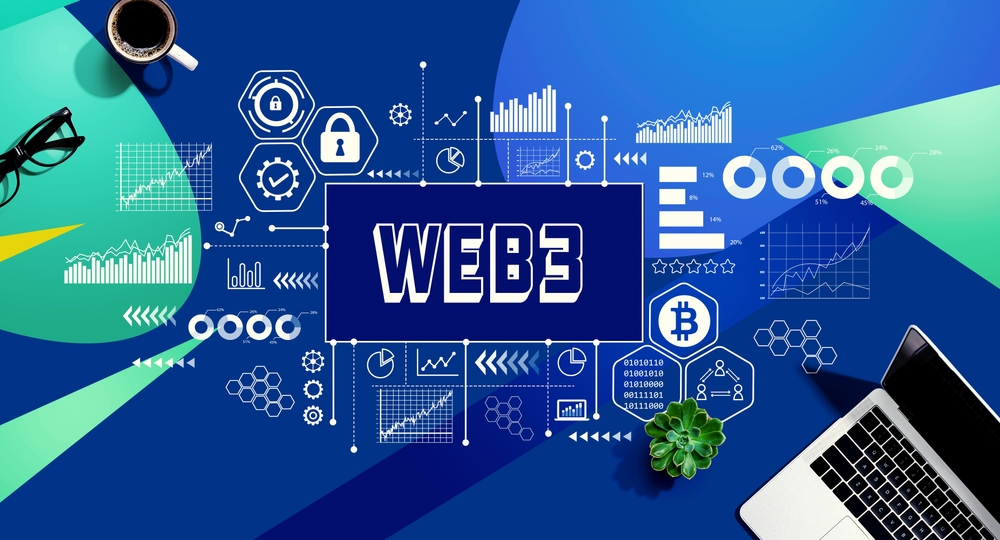
Community Engagement
Strategy: Build a strong and engaged community around your P2E game or Web3 project.
Explanation: Communities are the heart of Web3. Building a community is very easy. All you need to do is use digital and social media platforms; these platforms should be used to build your audience, not for entertainment. You should actively engage with your community through social media, forums, and in-game events. Reward active participation with exclusive rewards and early access to new features. An excited community will organically spread the word about your Web3 project.
Web3 Affiliate Marketing
Strategy: Use the power of Web3 affiliates to expand your reach.
Explanation: Web3 affiliates are incentivized to promote your project through their own channels. This is the most utilized marketing strategy, which comes at a low-cost investment. You must launch your affiliate program, in which you invite affiliates to promote the Web3 project and P2E.
Remember to offer attractive commission structures to affiliates and provide them with the tools and resources they need to succeed. This decentralized marketing approach can significantly increase your visibility within the Web3 ecosystem.
Good news! If you’re looking to earn a flexible side income, you can join the 7Search PPC affiliate program. We offer up to 10% commission to our affiliate partners (based on the amount submitted by your referred person) and up to 35% as a welcome bonus to the referred person you bring to our platform.
Web3 Content Creation
Strategy: Create high-quality, informative content that connects with your audience.
Explanation: Many audiences are unaware of blockchain-based games. When information is fragmented, people seek content that provides them with comprehensive knowledge. Create interesting blog posts, videos, and social media content to teach players about your Web3 games’s features, tokenomics, and community. Share success stories of early users and explain what makes your project unique.
This approach not only educates your audience but also builds trust and excitement around your game. Keep the content simple and relatable to attract more players and grow your community effectively.
Influencer Marketing
Strategy: Collaborate with influential figures in the Web3 and P2E gaming space.
Explanation: To market your P2E game or Web3 project effectively, work with well-known people in gaming and Web3. Partner with popular gaming streamers, YouTubers, and Social Media influencers to introduce your project to their large audiences. When these trusted influencers genuinely promote your project, it can increase visibility and create excitement among their earned audience and fanbase.
Check if the influencer you have chosen for the Web3 game promotion has a real audience and good reach. Also, verify if they are connected with your business in any way.
Gamification of Marketing Campaigns
Strategy: Integrate game-like elements into your marketing campaigns to incentivize participation.
Explanation: Are you looking for marketing for P2E success but find the above options unappealing? If the above strategies do not suit you, we have one more strategy that we are confident you will like and that will work. The name of this Web3 marketing strategy is Gamification of Marketing Campaigns.
To keep players excited and involved, try adding fun games to your marketing campaigns. You can organize contests, giveaways, or even virtual treasure hunts. You must offer exciting rewards to players who complete certain tasks. This interactive and engaging Web3 marketing approach will help you make your marketing efforts successful.
Gamification Advertising: The Key Factor to Increasing Engagement
Top Challenges Faced in Web3 Marketing
Here are some of the top challenges faced in Web3 game marketing:
Legal and Compliance Challenges
When the term ‘Blockchain‘ is mentioned in any context, legal and compliance challenges often arise. These are common challenges, so we’ve decided to shed light on them for you. Web3 marketing deals with unclear rules because laws about blockchain are still changing. Marketers need to make sure their Web3 ad campaigns follow the rules in different countries to avoid legal problems. This means they have to understand complicated laws about data privacy, investments, money transactions, and all the things related to them.
User Awareness and Knowledge Gaps
A big challenge in Web3 marketing is that many users don’t fully understand decentralized technologies like blockchain, NFTs, and crypto. This makes it hard for business owners to explain the benefits clearly. To overcome this, marketers need to provide simple and easy-to-understand information to help users trust and get involved with Web3. They can make short videos and chat with experts, which might tackle this challenge effectively.
Moral and Transparency Issues
Web3 marketing faces concerns about fairness, openness, and ethics. As decentralized platforms grow, some projects may have trouble being transparent or could act unethically. Marketers need to focus on building trust by showing that their Web3 marketing campaigns are honest and open to avoid doubts and criticism.
Conclusion
P2E and Web3 marketing presents exciting opportunities for businesses to connect with engaged audiences and capitalize on the decentralized revolution. In this blog, we’ve learned how to handle Web3 marketing with strategies like community engagement, creating valuable content, and using influencer partnerships. However, business owners who adopt Web3 game marketing face some challenges. We hope that this blog will help you overcome these challenges and make the most of P2E and Web3 marketing for your business.
Frequently Asked Questions (FAQs)
What is Web3 marketing?
Ans. This is a special type of marketing used by business owners who operate businesses in the gaming category that use blockchain technology.
What is Web3 Affiliate Marketing?
Ans. This is like a referral program. You find people who will promote your game to their earned audience, and you give them a commission for each successful transaction.
What is the distinction between Web 1.0, Web 2.0, and Web 3.0?
Ans. Web 1.0 was mostly about reading information. Web 2.0 is about social media and user interaction. Web 3.0 is about giving users more autonomy and using blockchain technology.
What are tokenized rewards?
Ans. These are rewards given to players in the form of digital tokens that have real value.
How can I learn more about Web3 Marketing?
Ans. Read articles, watch videos, and join online communities to learn more about this exciting new field.

